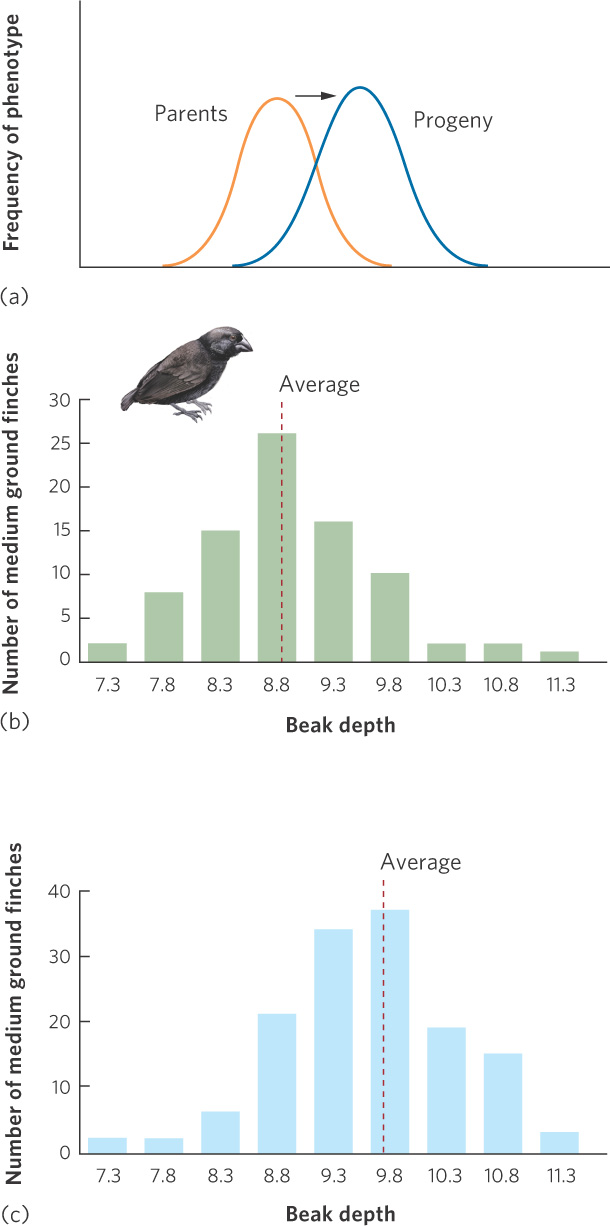
Figure 7.10 Directional selection. (a) Directional selection favors phenotypes of one extreme and selects against phenotypes of the other extreme. (b) Prior to a drought in 1976, the beak size in offspring of the medium ground finch had a mean depth of 8.9 mm, as indicated by the dashed red line. During the drought, when mostly large seeds were available, birds with larger beaks survived better. (c) Two years later, finch offspring had a mean beak depth of 9.7 mm, confirming that larger seeds caused directional selection for larger beaks.
Data from R. Grant and P. Grant, What Darwin’s finches can teach us about the evolutionary origin and regulation of biodiversity, BioScience 53 (2003): 965–975.